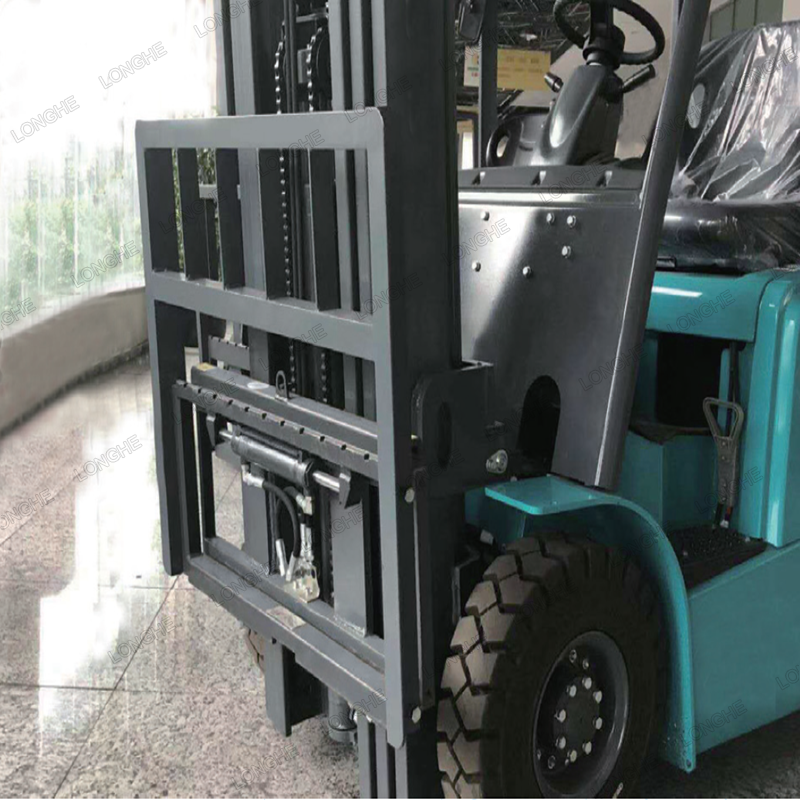Mar. 01, 2024
Are you in the market for a forklift attachment but feeling overwhelmed by the plethora of options available? We understand that selecting the appropriate attachment for your forklift is crucial for optimizing efficiency and productivity in your operations. That's why we've compiled this comprehensive guide to help you navigate through the selection process with confidence.

Before diving into the world of forklift attachments, it's essential to assess your specific requirements. Consider the type of material handling tasks you routinely perform, the weight and dimensions of the loads you typically handle, and any unique challenges or constraints present in your work environment.
Begin by identifying the most common tasks your forklift will be used for. Are you primarily involved in pallet handling, loading and unloading trucks, or stacking and storing goods in a warehouse? Each task may require a different type of attachment for optimal performance.
Next, evaluate the weight, size, and shape of the loads you handle. Are they uniform pallets, irregularly shaped objects, or fragile goods that require careful handling? Understanding your typical load characteristics will help you narrow down the options to attachments that can accommodate your specific needs.
Take into account the environmental conditions in which your forklift will operate. Are you working indoors or outdoors? Will you encounter rough terrain, narrow aisles, or other obstacles that may impact maneuverability? These factors will influence the type of attachment that is best suited for your application.
Once you have a clear understanding of your needs, it's time to explore the various types of forklift attachments available on the market. Here are some of the most common options:
Fork extensions are ideal for handling longer loads that extend beyond the length of standard forks. They provide added stability and support when lifting oversized or awkwardly shaped items such as lumber, pipes, or steel bars.
Side shifters allow the operator to laterally adjust the position of the forks without repositioning the entire forklift. This feature is particularly useful for fine-tuning the placement of loads during pallet handling or maneuvering in tight spaces.
Bale clamps are designed for handling cylindrical or irregularly shaped loads such as paper rolls, textiles, or recycling materials. They provide a secure grip on the load without the need for pallets, making them ideal for industries such as manufacturing, recycling, and paper processing.
Featured content:Carton clamps are specifically designed for handling boxed or packaged goods without causing damage to the packaging. They feature padded arms that gently grasp the sides of the load, making them suitable for applications such as warehousing, distribution, and logistics.
Rotators are used for rotating or tipping loads to facilitate easier positioning or dumping. They are commonly used in industries such as construction, agriculture, and waste management for handling materials such as bulk bags, drums, or bins.
Fork positioners allow the operator to adjust the width between the forks hydraulically, enabling quick and easy positioning for different pallet sizes. This versatility makes them well-suited for environments where multiple pallet sizes are handled regularly.
When selecting a forklift attachment, there are several key considerations to keep in mind to ensure compatibility and optimal performance:
Ensure that the attachment you choose is compatible with your forklift's make and model. Consider factors such as load capacity, hydraulic requirements, and mounting options to ensure a seamless integration with your existing equipment.
Prioritize attachments that are equipped with safety features such as load backrests, anti-slip surfaces, and automatic locking mechanisms. These features help prevent accidents, injuries, and damage to goods during operation.
Choose attachments that are easy to maintain and repair to minimize downtime and maximize productivity. Look for features such as accessible grease fittings, replaceable wear parts, and clear maintenance instructions provided by the manufacturer.
Invest in proper training for forklift operators to ensure safe and efficient use of the chosen attachment. Familiarize operators with operating procedures, safety guidelines, and best practices for handling different types of loads with the attachment.
Choosing the right forklift attachment is a critical decision that can have a significant impact on your operational efficiency and productivity. By understanding your specific needs, exploring the various types of attachments available, and considering key factors such as compatibility, safety, maintenance, and operator training, you can select the perfect attachment to meet your requirements.
Featured content:Previous: Potential of Sucker Rod Blowout Preventers (BOPs) for High-Pressure Oilfield Operations
Next: None
Related Articles
If you are interested in sending in a Guest Blogger Submission,welcome to write for us!
All Comments ( 0 )